How Hydroxie Used LED Truck Advertising to Build Massive Brand Awareness Across the U.S.
How Hydroxie Used LED Truck Advertising to Build Massive Brand Awareness Across…
Mobile billboard advertising is an effective way to reach a broad audience by bringing your message directly to them.
Unlike stationary billboards, mobile billboards are mounted on vehicles, allowing them to traverse different areas and capture the attention of diverse demographics.
This guide will walk you through five essential steps to plan and execute a successful mobile billboard advertising campaign.
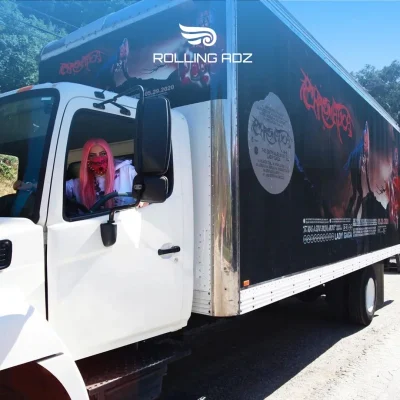
Before you dive into the logistics of your campaign, it's crucial to define what you aim to achieve. Common goals for mobile billboard advertising include:
Ensuring more people recognize and remember your brand.
Promoting specific products or services to boost sales.
Advertising upcoming events to maximize attendance.
Creating buzz and excitement around a new product or service.
Having clear objectives will help you measure the success of your campaign and make necessary adjustments.
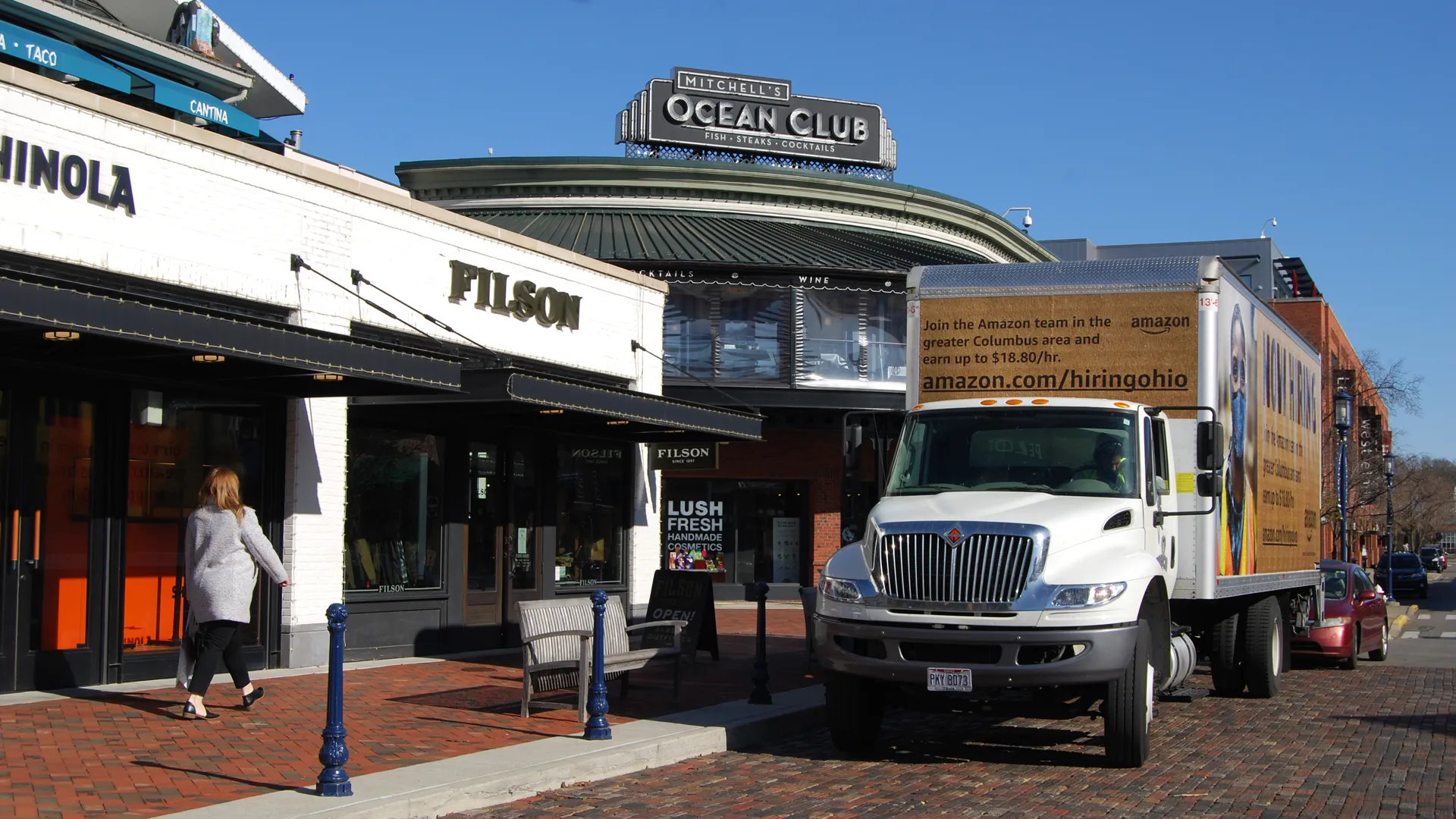
Understanding your target audience is fundamental to crafting a compelling message. Consider factors such as:
Age, gender, income level, education, etc.
Locations where your target audience lives, works, or frequently visits.
Interests, values, and lifestyle preferences.
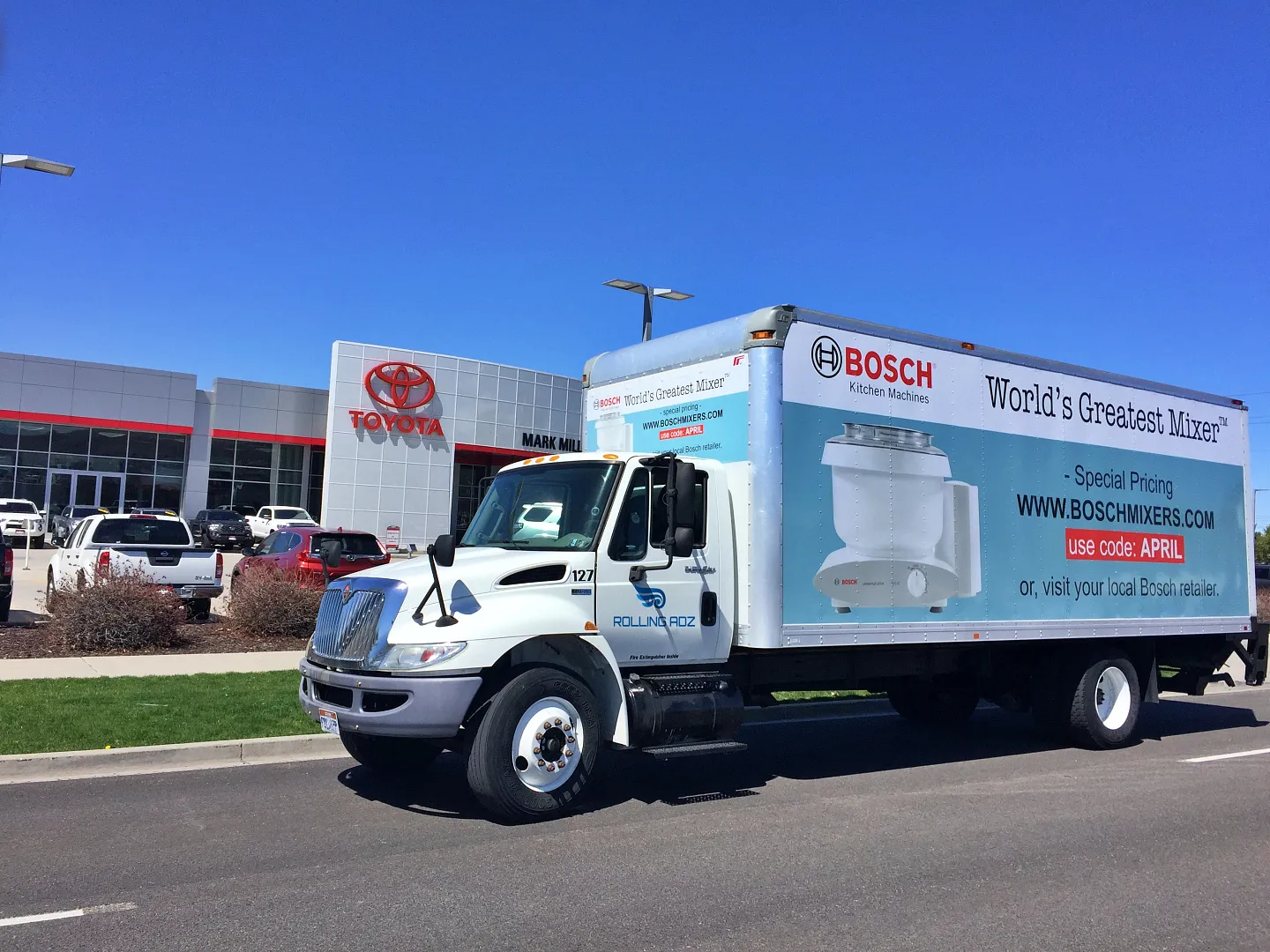
Your message should be clear, concise, and impactful. Keep in mind that people will only have a few seconds to read and process your billboard. Essential elements of a strong message include:
A bold and attention-grabbing headline.
Brief, direct, and informative text that supports your headline.
A prompt that encourages immediate action, such as visiting a website, calling a number, or attending an event.
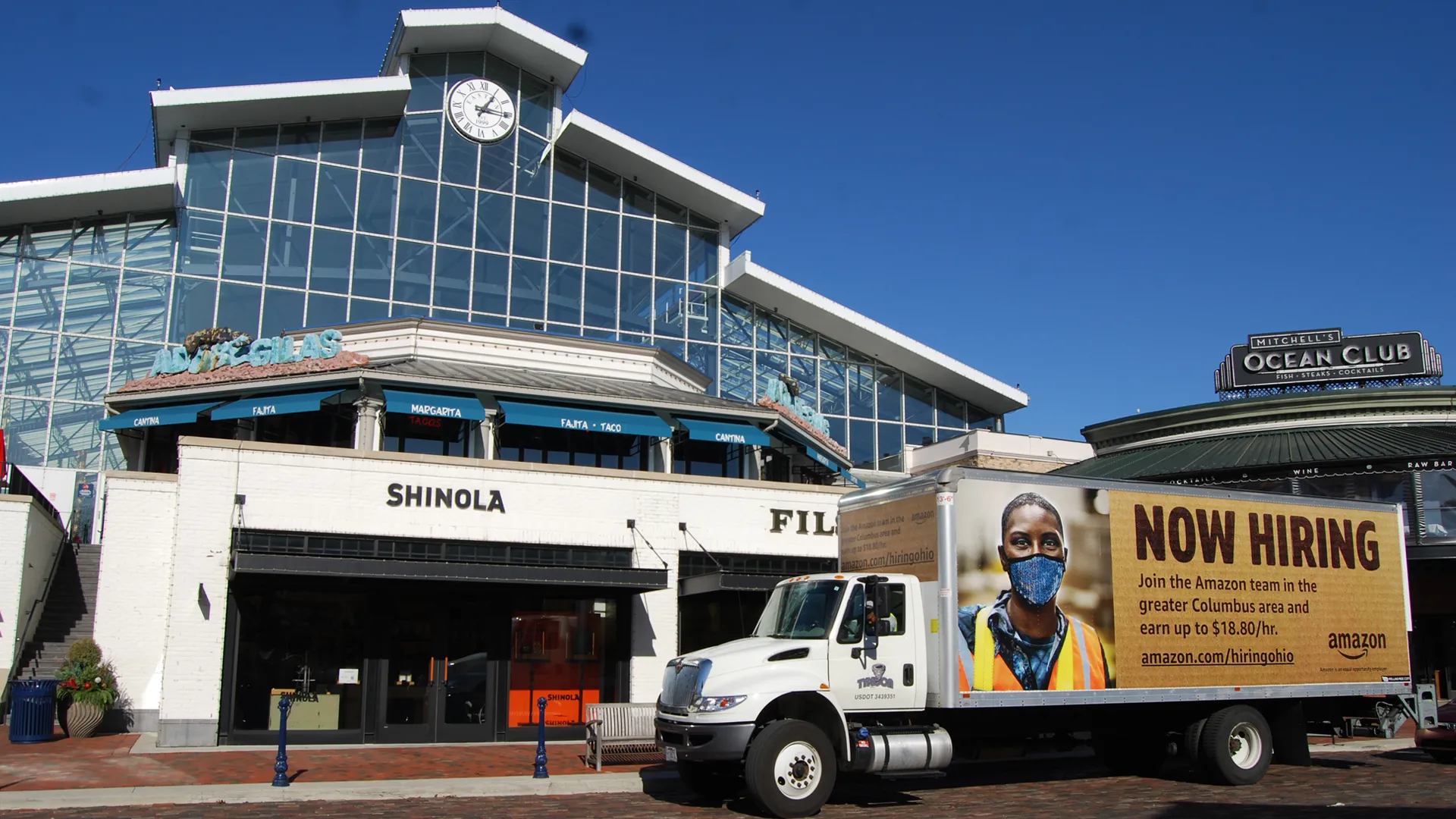
Visual appeal is critical in mobile billboard advertising. Here are some design tips to ensure your billboard stands out:
Use colors that stand out and are easy to read from a distance.
Ensure your text is large enough to be read quickly.
Incorporate high-quality images or graphics that support your message.
Avoid clutter. Focus on essential elements to avoid overwhelming viewers.

The success of your mobile billboard campaign largely depends on the routes your vehicles take. Consider the following:
Routes with heavy vehicular or pedestrian traffic.
Areas where your target audience frequents, such as shopping centers, business districts, or event venues.
Major events, festivals, or sports games that draw large crowds.
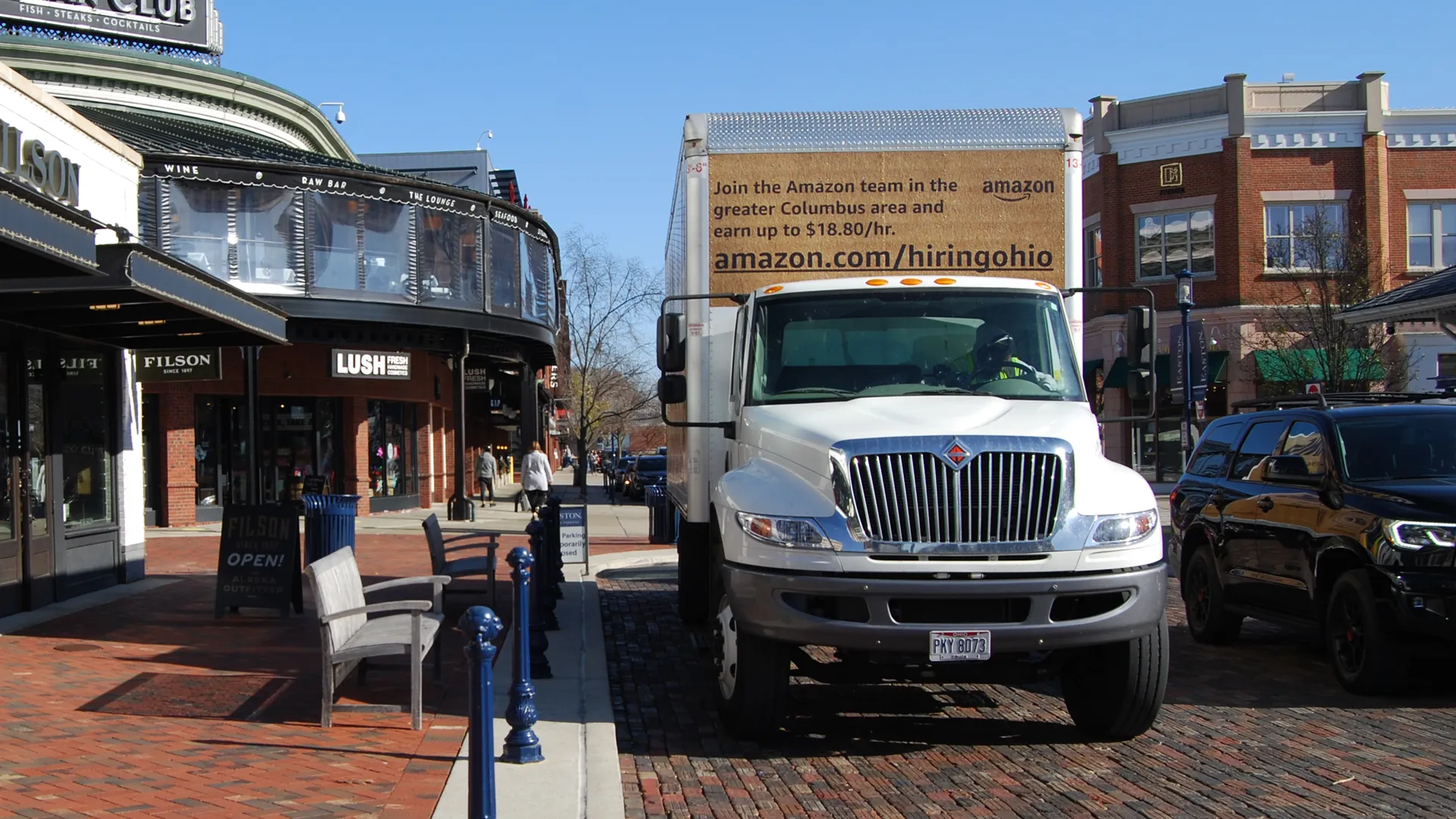
Timing is also crucial for maximizing visibility:
Plan your routes during peak traffic hours to reach the maximum number of people.
Align your billboard's presence with relevant events or promotions.
Take into account seasonal trends that may affect your target audience’s behavior.

To gauge the effectiveness of your campaign, implement tracking mechanisms such as:
Monitor the real-time location of your mobile billboards to ensure they are following the planned routes.
Include trackable QR codes or unique URLs on your billboard to measure direct responses.
Use unique phone numbers to track calls generated from your campaign.
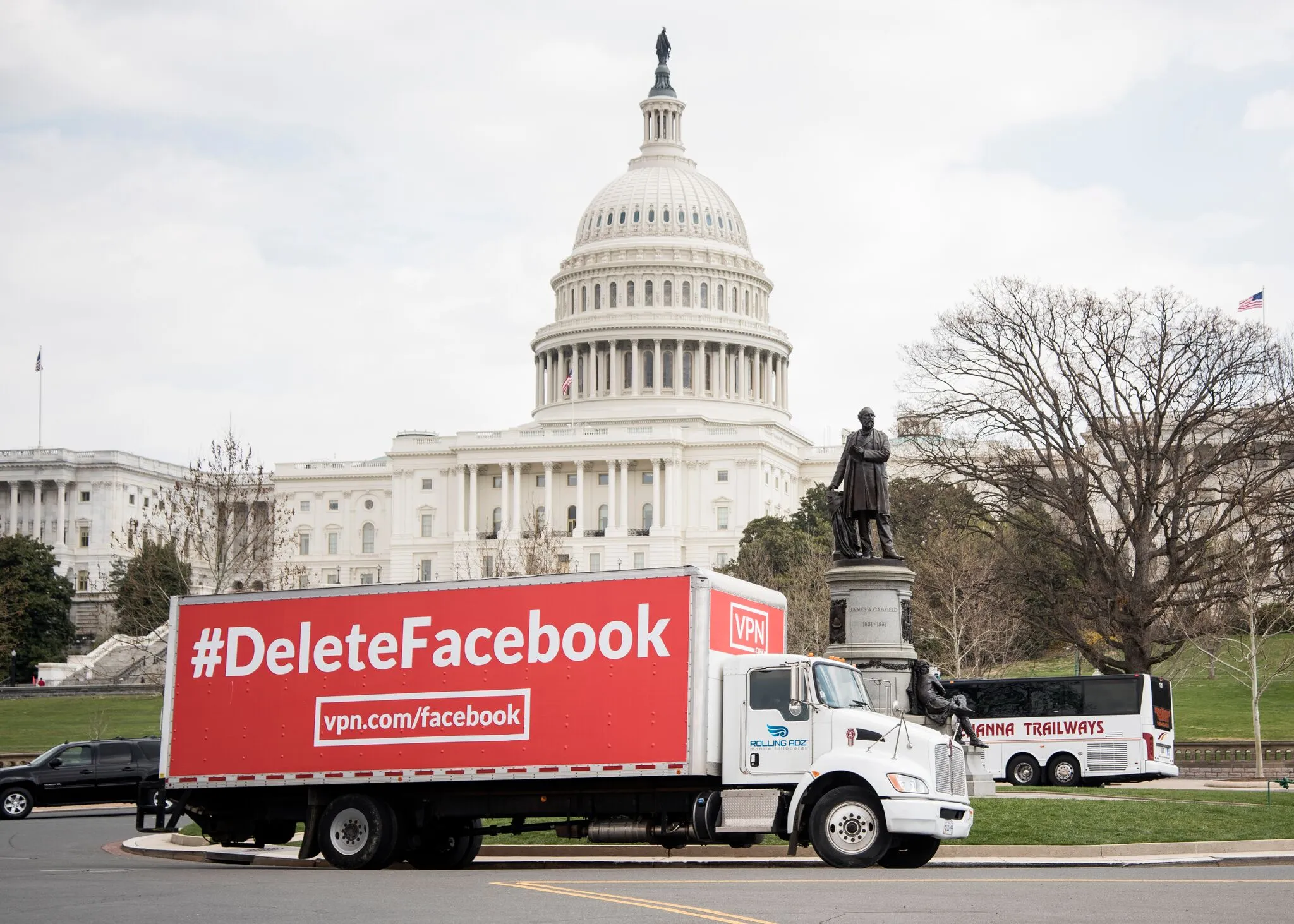
Regularly analyze data from your tracking methods to evaluate your campaign's performance:
Estimate the number of people who saw your billboard.
Measure how many people interacted with your CTA.
Assess the percentage of engagements that resulted in desired actions, such as purchases or sign-ups.
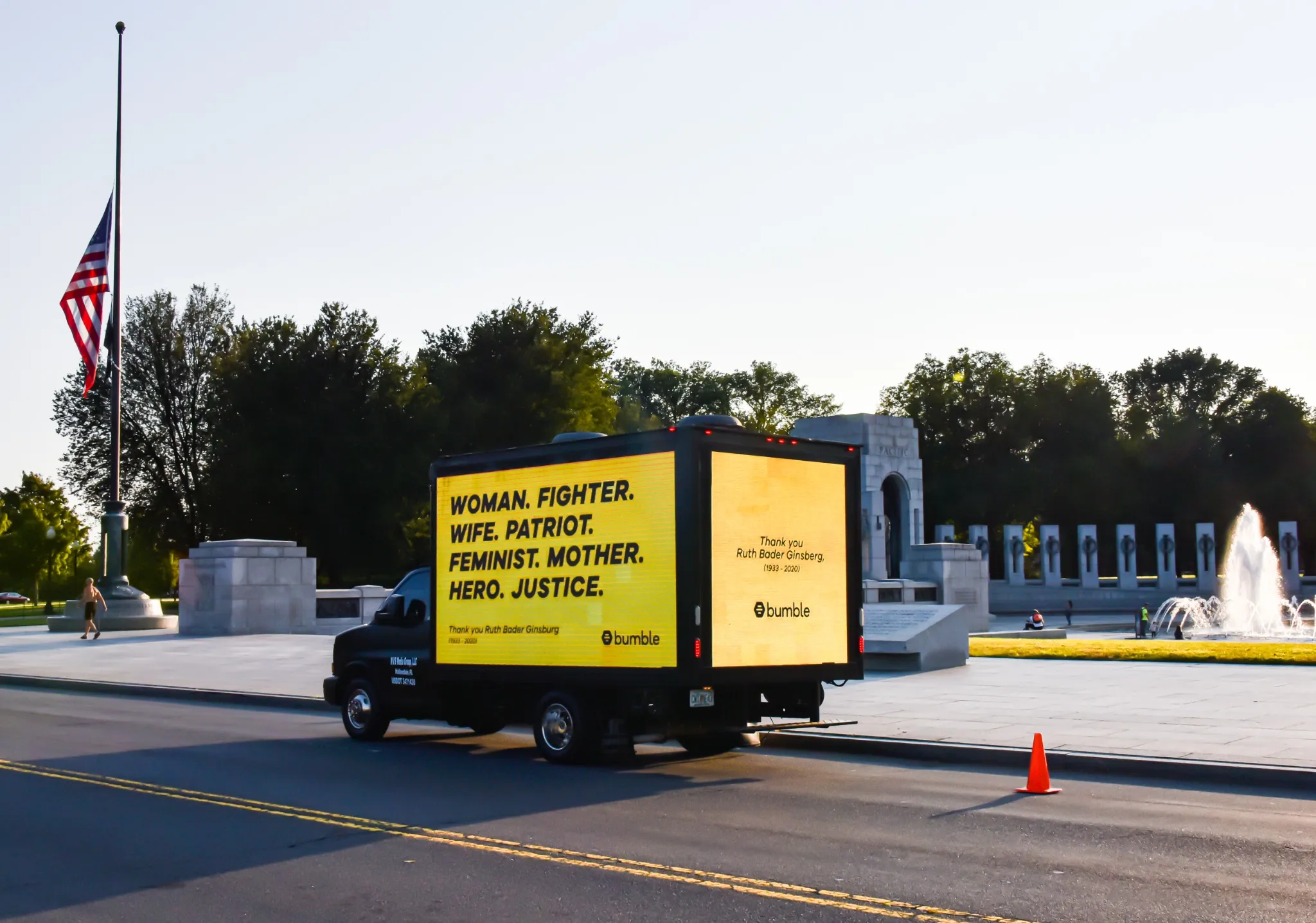
After analyzing your data, review the overall performance of your campaign:
Determine if you met your initial objectives.
Assess whether your billboard reached your intended audience.
Evaluate how well your message resonated with viewers.
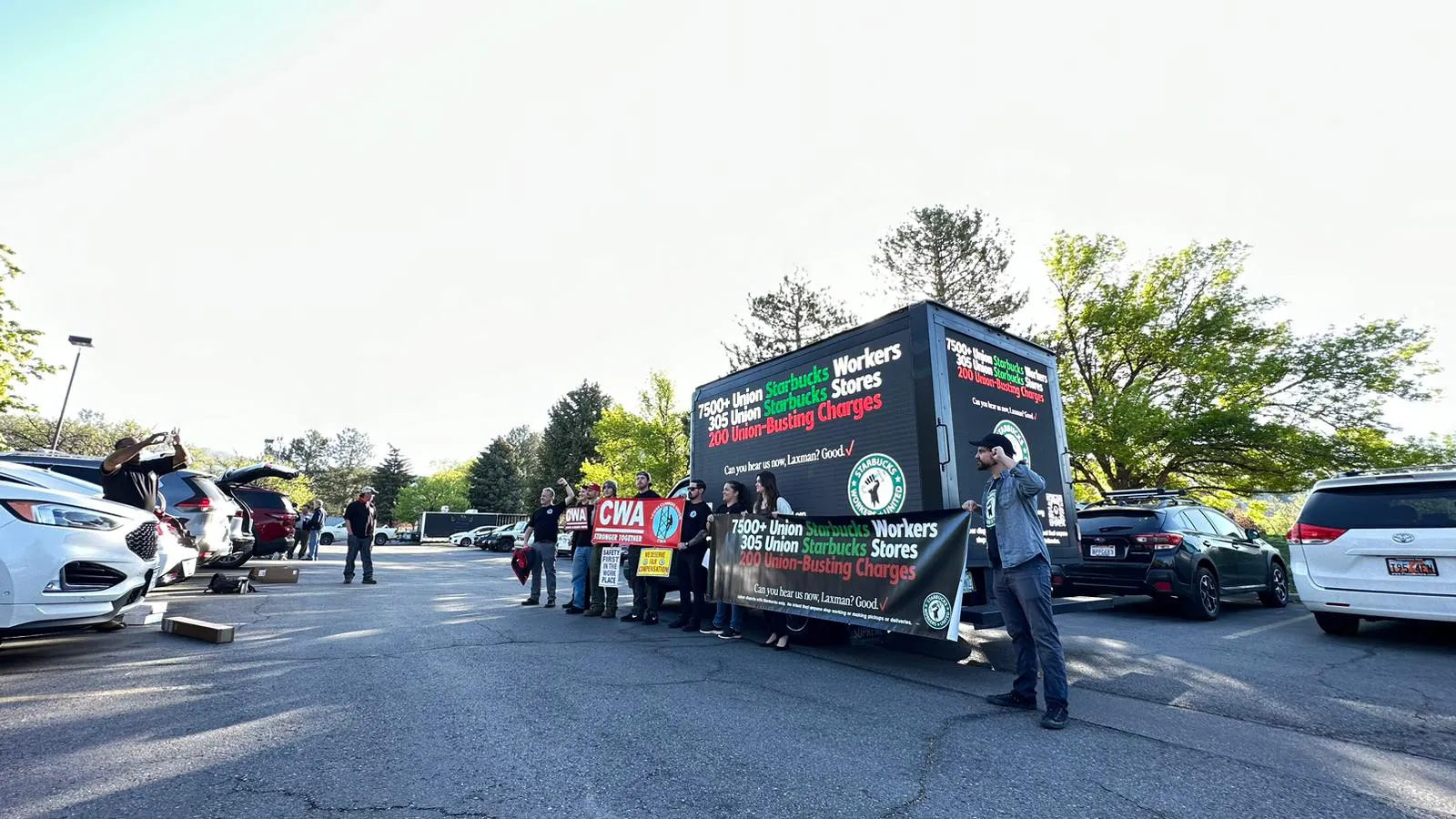
Based on your review, make necessary adjustments to enhance future campaigns:
Modify routes to target more effective locations.
Refine your design to make it more engaging or easier to read.
Adjust your message to better connect with your audience.
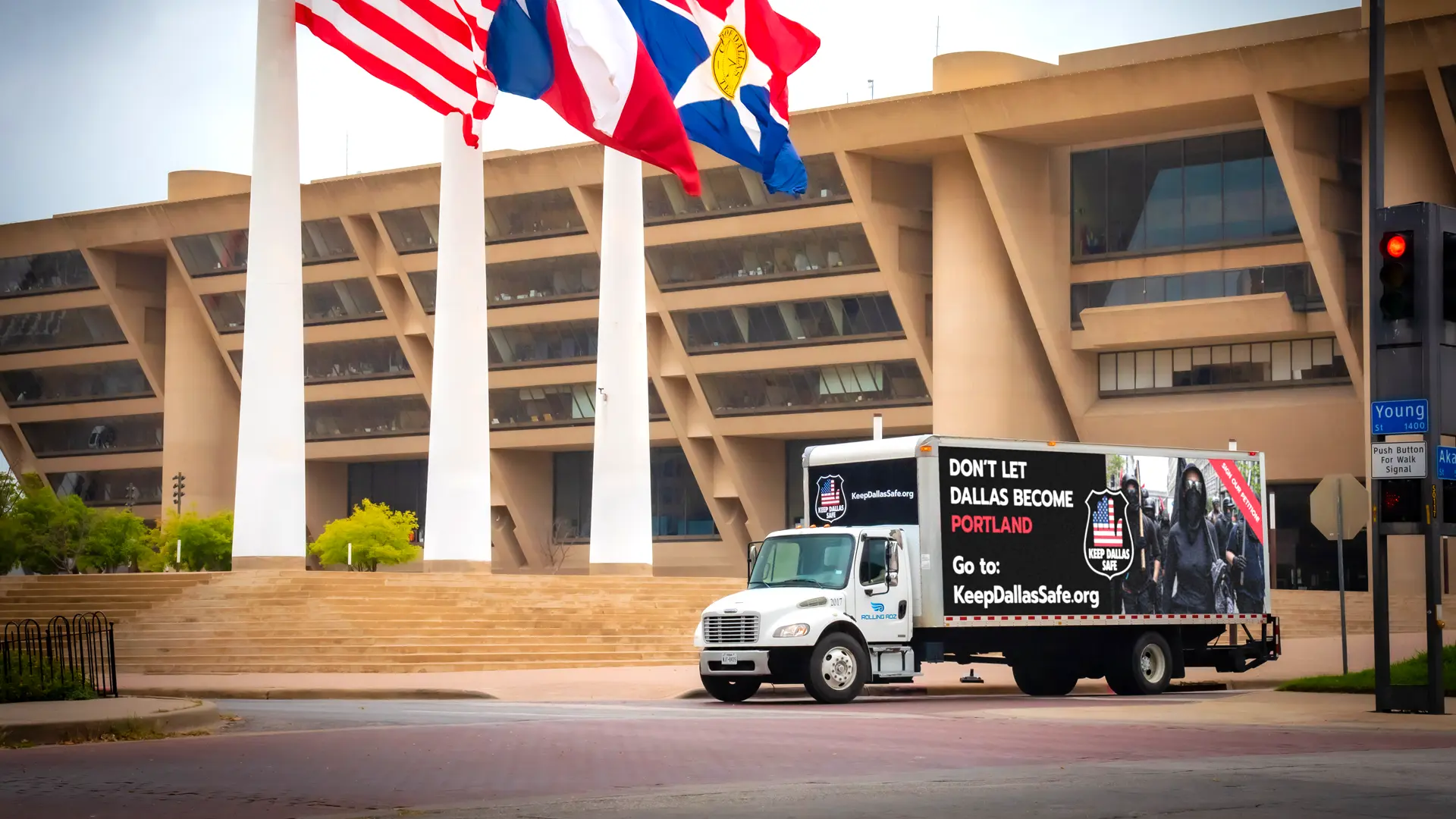
Marketing is an iterative process. Continuously test different elements of your campaign to identify the most effective strategies:
Test different headlines, images, or routes to see which performs better.
Gather feedback from your audience to understand their perception and improve future campaigns.
Creating a successful mobile billboard advertising campaign involves a strategic approach, from setting clear objectives to continuously optimizing your efforts
Defining your goals and audience, developing a compelling message and design, planning effective routes and timings, monitoring your campaign, and making data-driven improvements can maximize the impact of your mobile billboard and achieve your marketing objectives.
Mobile billboard advertising offers a dynamic and flexible way to reach your audience, making it a valuable addition to your marketing arsenal. With careful planning and execution, you can create memorable campaigns that drive results and elevate your brand's presence.
Try implementing these best practices and continuously refining your approach, you'll be well on your way to mastering the art of mobile billboard advertising and achieving long-term success. Need help implementing these best practices? Talk with a Rolling Adz Specialist and see how big of an impact mobile billboards can create.
Speak to a mobile billboard advertising specialist for all your OOH media solutions.
How Hydroxie Used LED Truck Advertising to Build Massive Brand Awareness Across…
Which Is Better for Local Businesses? Mobile Billboards vs. Digital Ads Local…
How To Choose the Perfect Route for Your Mobile Billboard Campaign Selecting…
Top 5 Locations in California Where Mobile Billboards Have the Highest Impact…
The Benefits of Mobile Billboards for Franchise Businesses Franchise businesses constantly seek…
A Comprehensive Guide How Much Do Mobile Billboards Cost? Mobile billboards are…
Get Exclusive Deals & Our 1x Monthly OOH Newsletter🔥